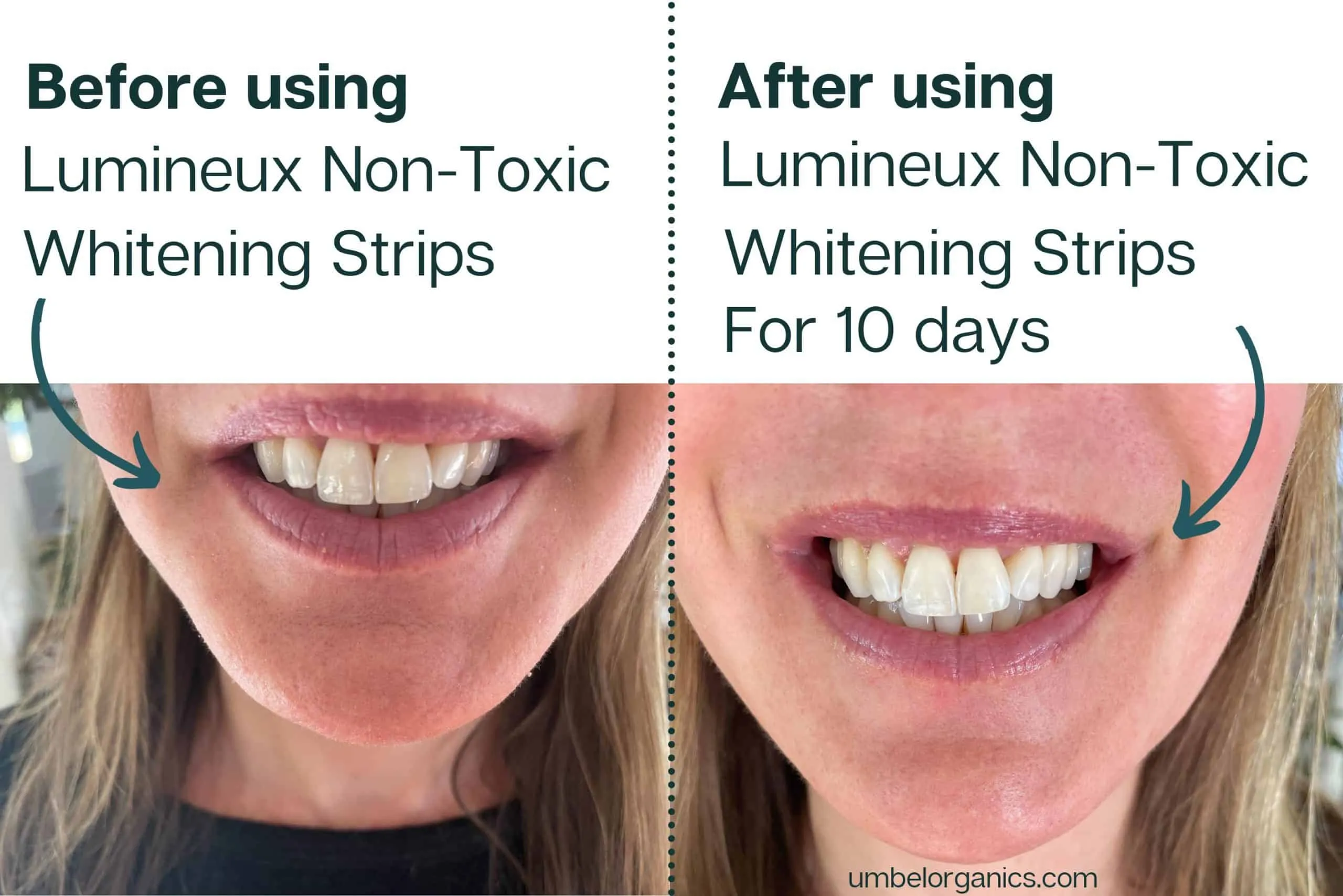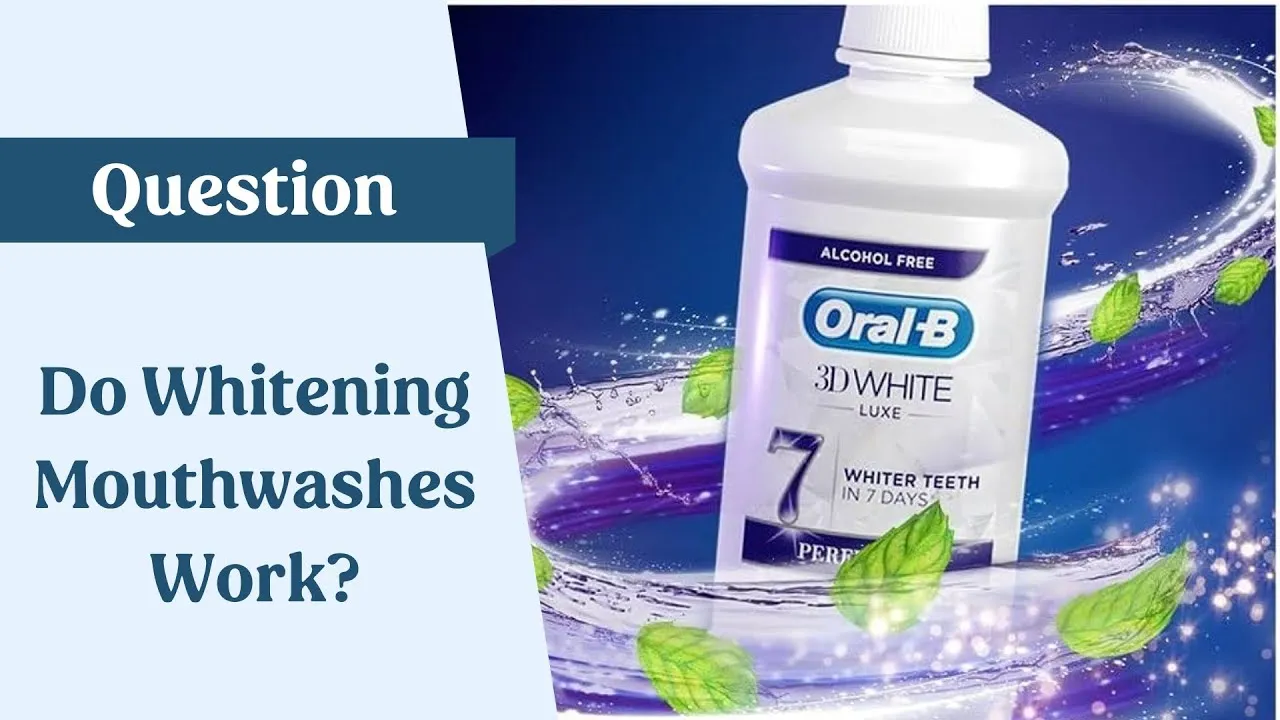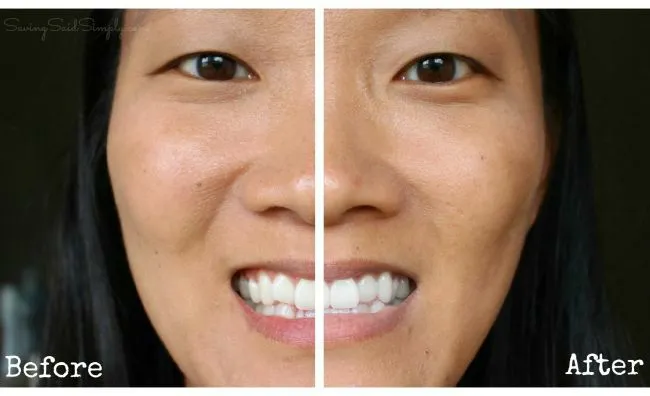What is Whitening Rinse?
Whitening rinse is a type of mouthwash specially formulated to help lighten the color of your teeth. Unlike regular mouthwash, which primarily focuses on freshening breath and killing bacteria, whitening rinses contain active ingredients that target stains and discoloration on the enamel surface. These rinses offer a convenient and relatively inexpensive way to enhance your smile from the comfort of your home. They are readily available over-the-counter and are designed to be incorporated into your daily oral hygiene routine. The effectiveness of whitening rinses can vary depending on the product, the severity of the stains, and individual oral hygiene practices. Regular use, as directed, can contribute to a noticeably brighter smile over time. It is important to note that the results may not be as dramatic as professional whitening treatments, but they can still provide a significant improvement in tooth appearance. Moreover, some whitening rinses also offer added benefits such as fighting plaque and preventing gingivitis, making them a versatile addition to your oral care.
How Whitening Rinse Works
Whitening rinses work through a process of chemical oxidation. The active ingredients, typically hydrogen peroxide or a similar compound, penetrate the enamel surface of the teeth and break down the molecules responsible for stains. These stains can be caused by various factors, including coffee, tea, red wine, tobacco, and certain foods. As the active ingredients come into contact with these staining molecules, they cause them to become less concentrated and less visible, resulting in a brighter appearance. The effectiveness of this process depends on several factors, including the concentration of the active ingredient, the duration of contact with the teeth, and the type of stains present. Regular and consistent use of whitening rinse, as directed, is crucial to achieve the best results. The rinsing action also helps to remove surface debris and further exposes the teeth to the whitening agents. It is a gradual process, and you should start noticing improvements within a few weeks of consistent usage. While whitening rinses are effective, they’re not a miracle solution, so managing your expectations and adhering to directions is key.
Active Ingredients in Whitening Rinse

The key to a whitening rinse’s effectiveness lies in its active ingredients. The most common of these are oxidizing agents, which break down stains. The concentration of these ingredients can vary between different brands and formulations, impacting their strength and efficacy. Understanding these ingredients can help you choose a product that best suits your needs and preferences. It is also beneficial to be aware of any potential side effects or sensitivities related to these ingredients. Before using any whitening rinse, reading the product label and following the manufacturer’s instructions is crucial.
Hydrogen Peroxide
Hydrogen peroxide is a widely used active ingredient in many whitening rinses. It acts as a bleaching agent, oxidizing the staining compounds in the teeth. The concentration of hydrogen peroxide can vary, with higher concentrations often leading to faster results but potentially also increasing the risk of sensitivity. When using a rinse containing hydrogen peroxide, it’s important to follow the directions carefully to avoid any adverse effects. Some people may experience temporary tooth sensitivity or gum irritation. If these symptoms occur, you should discontinue use and consult your dentist. Hydrogen peroxide is generally considered safe when used as directed, and its effectiveness in whitening teeth has been proven over time.
Sodium Chlorite
Sodium chlorite is another active ingredient found in some whitening rinses. It works similarly to hydrogen peroxide, providing an oxidizing effect that helps to remove stains and brighten the teeth. Sodium chlorite is often used as a more stable alternative to hydrogen peroxide, providing a longer shelf life for the product. It breaks down into chlorine dioxide, which has the whitening properties. It’s also important to note that sodium chlorite can sometimes cause a slight taste change, which is typically temporary. When using a rinse with sodium chlorite, you should adhere to the product’s instructions and consult your dentist if you have any concerns or experience any adverse reactions.
How to Use Whitening Rinse Effectively

To maximize the benefits of whitening rinse, it’s crucial to use it correctly. Typically, you should rinse your mouth with the solution for the time recommended on the product label, usually around 30-60 seconds. Avoid swallowing the rinse, as it is not meant for ingestion. After rinsing, spit out the solution and do not rinse your mouth with water immediately afterward, as this can dilute the active ingredients and reduce their effectiveness. Ideally, use the rinse after brushing your teeth and flossing, as a final step in your oral hygiene routine. However, make sure to wait at least 30 minutes after brushing before using the rinse, because the abrasive nature of some toothpaste formulas can diminish the effectiveness of the rinse. The key to successful whitening is consistency. Regular use, as directed, is more likely to yield visible results. Follow the instructions provided with your chosen product, and be patient, because noticeable changes will take some time.
Choosing the Right Whitening Rinse
With many options available, selecting the right whitening rinse can feel overwhelming. Considering your specific needs and preferences is important before making a choice. The ideal product will depend on your oral health, desired level of whitening, and any sensitivities you may have. Reading reviews, comparing active ingredients, and checking for any certifications can help you make an informed decision. You should always look for products that are approved by dental associations. Consider the concentration of active ingredients and look for products that cater to sensitive teeth. If you are unsure, consult your dentist for a recommendation. Your dentist can assess your oral health and suggest the most appropriate product for your needs. This will help ensure both effectiveness and safety.
Factors to Consider
Several factors should influence your choice of whitening rinse. First, consider the concentration of the active ingredients, such as hydrogen peroxide or sodium chlorite. Higher concentrations may provide faster results, but they can also increase the risk of sensitivity. Second, evaluate your sensitivity level. If you have sensitive teeth, look for products formulated for sensitive teeth, which often contain lower concentrations of whitening agents or desensitizing ingredients. Third, evaluate for specific needs. Some rinses may also include additional ingredients, such as fluoride, for added benefits. Finally, consider the taste. Choose a flavor that you find palatable, as this will encourage you to use the product consistently. Always follow the manufacturer’s guidelines, and consult your dentist before starting a new whitening routine.
Tips for Optimal Results

To maximize the effectiveness of your whitening rinse and to ensure the best possible results, consider these tips. First, maintain a consistent oral hygiene routine, including brushing, flossing, and rinsing. Second, use the whitening rinse as directed, typically after brushing and flossing, and adhere to the recommended time. Third, avoid foods and beverages that can stain teeth, such as coffee, tea, red wine, and tobacco, during the whitening process. Fourth, combine the use of whitening rinse with a whitening toothpaste for enhanced results. Fifth, be patient, as it may take several weeks to see visible improvements. Finally, schedule regular dental check-ups and cleanings. Your dentist can monitor your progress and provide professional advice on maintaining a bright smile.
Whitening Rinse for Sensitive Teeth
If you have sensitive teeth, finding the right whitening rinse is essential to prevent discomfort. Look for products specifically formulated for sensitive teeth, which generally contain lower concentrations of active whitening ingredients, like hydrogen peroxide. Some rinses include desensitizing agents, such as potassium nitrate, that help reduce sensitivity. When using a whitening rinse for sensitive teeth, start gradually, and follow the product instructions carefully. You may want to use the rinse less frequently initially to assess how your teeth respond. If you experience any sensitivity, stop using the rinse and consult your dentist. They may recommend other teeth whitening options or offer advice on managing sensitivity. Additionally, avoid overly hot or cold foods and beverages, which can exacerbate sensitivity while you are whitening your teeth.
Side Effects and Precautions
While whitening rinses are generally safe, they may cause certain side effects. The most common side effect is tooth sensitivity, which usually subsides after you stop using the product or reduce the frequency of use. Gum irritation is another potential side effect, especially if the rinse comes into contact with the gums for an extended time. To minimize risks, follow the instructions carefully and avoid swallowing the rinse. If you have existing dental work, such as fillings or crowns, the whitening rinse will not affect the color of these restorations. They may stand out in contrast to your newly whitened teeth, so talk to your dentist about whitening options that will match your existing restorations. If you experience persistent side effects, stop using the product and consult your dentist to get guidance.
Whitening Rinse vs Other Teeth Whitening Methods

Whitening rinses are just one of many options available for improving the appearance of your smile. Other methods, such as whitening toothpaste, whitening strips, professional in-office treatments, and custom-made trays with bleaching gels, offer different levels of effectiveness and convenience. Whitening toothpaste is generally less effective than rinses because it has a lower concentration of whitening agents and limited contact time. Whitening strips can provide noticeable results, but they may be more prone to causing sensitivity. Professional whitening treatments, performed by a dentist, are the most effective option, but they are also the most expensive. Custom-made trays with bleaching gels are another effective option that can be used at home but under the supervision of a dentist. The best method for you will depend on your personal preferences, budget, the severity of the stains, and the desired level of whitening. Consulting your dentist is always a good idea to determine which method is the most appropriate for you.
Benefits of Using Whitening Rinse
Whitening rinses offer several advantages, making them a popular choice for teeth whitening. They are incredibly convenient and can be easily incorporated into your daily oral hygiene routine. Unlike professional treatments, they are available over-the-counter, providing an affordable and accessible solution. Whitening rinses can also offer additional benefits beyond whitening, such as freshening breath and fighting plaque and gingivitis, depending on the product’s formulation. They are a non-invasive method, posing little risk to your teeth and gums when used according to the instructions. The results are gradual, allowing you to monitor your progress and adjust your usage as needed. This makes whitening rinses an excellent option for those seeking a subtle but noticeable improvement in their smile. In addition, they can be an effective maintenance tool following professional whitening treatments, helping to prolong the results.
Pros
The advantages of whitening rinse are numerous. One of the key benefits is their ease of use and accessibility. You can purchase them over the counter and integrate them easily into your existing oral hygiene routine. They are a budget-friendly alternative to more expensive professional whitening treatments. Whitening rinses offer a non-invasive approach, with minimal risk when used according to the instructions. Many products offer additional benefits, such as freshening breath and promoting gum health. Whitening rinses are also effective at removing surface stains and helping to brighten your smile gradually. They allow you to control the process and monitor your progress. Whitening rinses can be used as a maintenance step after professional whitening, to maintain your results.
Cons

While whitening rinses are an excellent choice for some, it is important to be aware of their potential downsides. The results are often less dramatic and slower to appear compared to professional treatments. Some people may experience tooth sensitivity or gum irritation, especially with higher-concentration products. Whitening rinses may not be effective for all types of stains, such as those caused by certain medications or internal tooth discoloration. Results can vary based on individual factors, such as the severity of the stains and oral hygiene practices. If you have existing dental work, the whitening rinse will not change the color of fillings, crowns, or veneers. Always follow the instructions and consult your dentist to know the best option for your needs.
Maintaining Your White Smile
Once you have achieved a brighter smile, it’s important to take steps to maintain your results. Regular dental check-ups and cleanings are crucial for removing plaque and tartar, preventing stains and maintaining your oral health. Continue to brush your teeth twice a day and floss daily to remove food particles and plaque that can contribute to staining. Limit your consumption of staining foods and beverages, such as coffee, tea, red wine, and dark-colored berries. If you consume these items, rinse your mouth with water afterward. Avoid tobacco products, as they are a major cause of tooth discoloration. Consider using a whitening toothpaste or continue using your whitening rinse as a maintenance measure. If you notice any new stains or discoloration, consult your dentist. They can provide professional advice and possibly recommend additional whitening treatments to keep your smile looking its best. Maintaining good oral hygiene is key.
